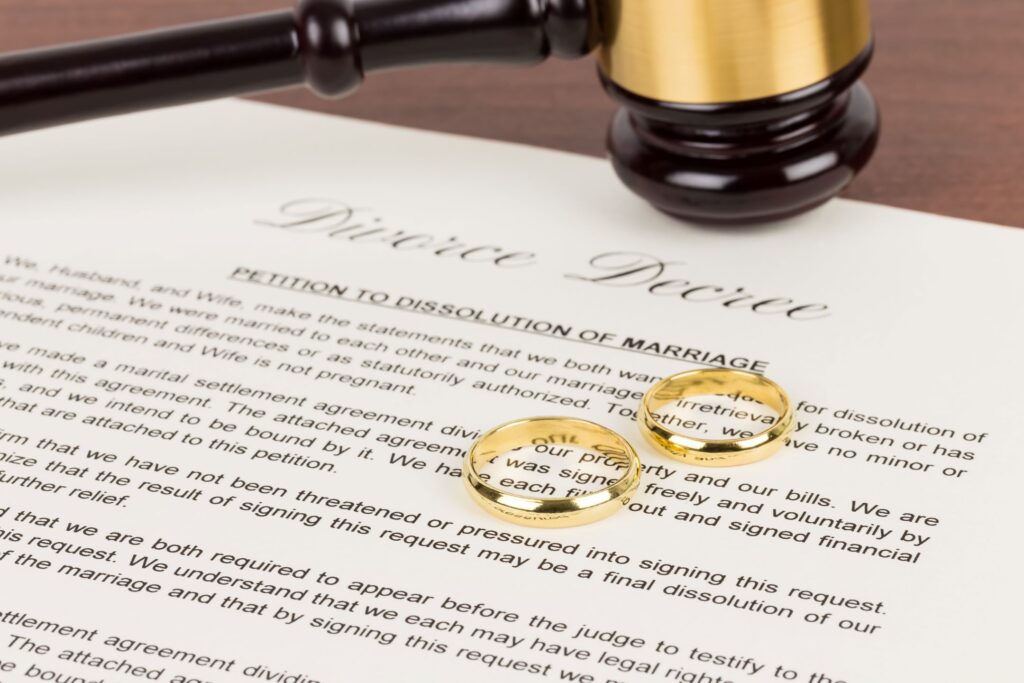Now Reading: U.S. Immigration Laws in 2020
-
01
U.S. Immigration Laws in 2020
U.S. Immigration Laws in 2020
United States immigration law has undergone a massive overhaul since Donald Trump became President in January 2017, but the year 2020 has seen unprecedented and unique changes due to the CoViD-19 global pandemic. With the U.S. being hit harder by the coronavirus than any other country, the Trump Administration has enacted 48 policy changes. In this article, we will examine some of the hardest-hitting orders affecting immigration.
Temporary Asylum-Seeker Ban
This ban was first enacted on March 20 for 30 days, renewed on April 20 for 30 days, and on May 20 was renewed indefinitely. Among other things, the asylum-seeker ban:
- Returns anyone without authorization who’s found along the southern border to be sent back to their home country without due process.
- Enables the rapid return of asylum-seekers along the southern border, including children, even in cases where the subjects claim to be fleeing persecution.
Refugee Entry Suspension
This was implemented on March 18 and it is an indefinite suspension. This suspension prevents the resettlement of refugees in the United States.
Proclamation Suspending Entry of Aliens Who Present a Risk to the U.S. Labor Market Following the Coronavirus Outbreak
On June 22, President Trump made a presidential proclamation that impacted many of the work visas that immigrants had until recently been able to obtain. This solidified earlier restrictions and affects H-1B, H-2B, L, and J visa applications.
Visa Appointment Suspensions
This policy change was enacted on March 18 and extended indefinitely on July 14. It canceled all but emergency immigrant and nonimmigrant visa appointments.
International Travel Bans
The following countries have complete or partial travel bans:
- China Travel Ban – Enacted by Presidential Proclamation on January 31, 2020. Anyone who was in China two weeks prior to entry will be banned from entering.
- Iran Travel Ban – Enacted on February 29, 2020, by Presidential Proclamation. This blocks entry by anyone who was in Iran within two weeks prior to entry. U.S. citizens are exempt.
- European Travel Ban – Enacted on March 17. Similar to China and Iran travel bans.
- Brazil Travel Ban – Enacted on May 24. Similar to China and Iran travel bans.
- In addition to the above travel bans, there is a current restriction of non-essential travel along both the Mexican and Canadian borders.
Other Items
In addition to the above-mentioned restrictions, there are numerous bans and suspensions of various work and student visas. In addition, there are separate flight restrictions requiring individuals to undergo screening at one of 13 U.S. facilities before being admitted entry.
What You Can Do if You’ve Been Impacted by U.S. Immigration Changes
If your entry to the United States has been impacted by the many Presidential Proclamations and Executive Orders, you may still have recourse. There are exceptions built into these policies that you may qualify under. You can also contact an immigration attorney for U.S. immigration help.








